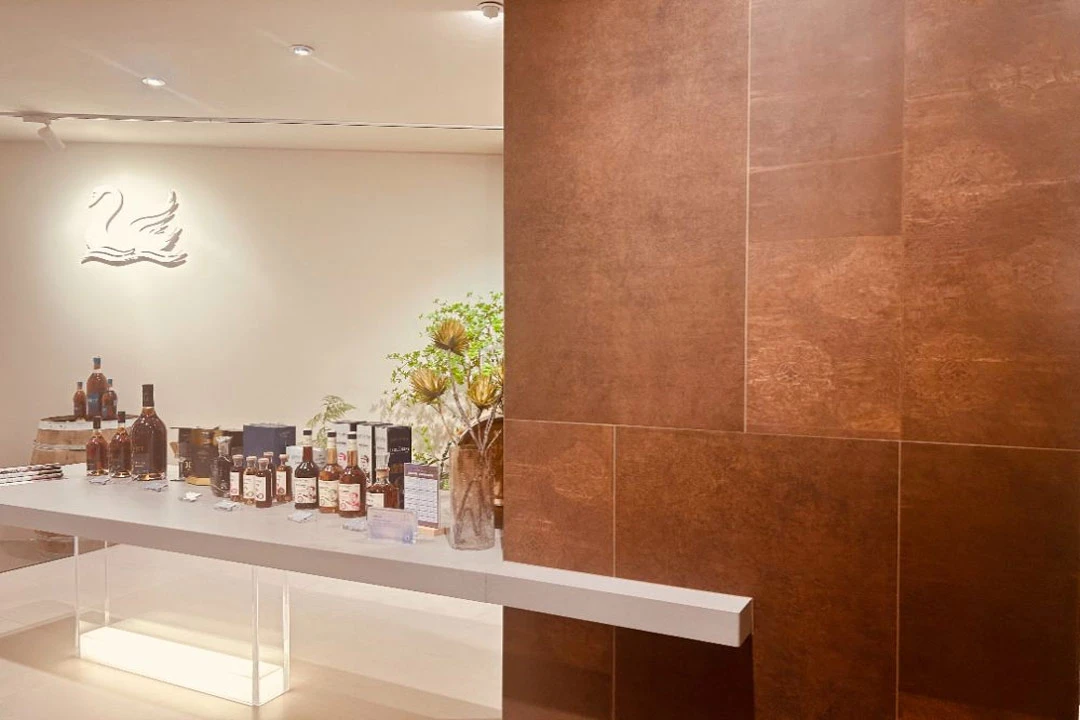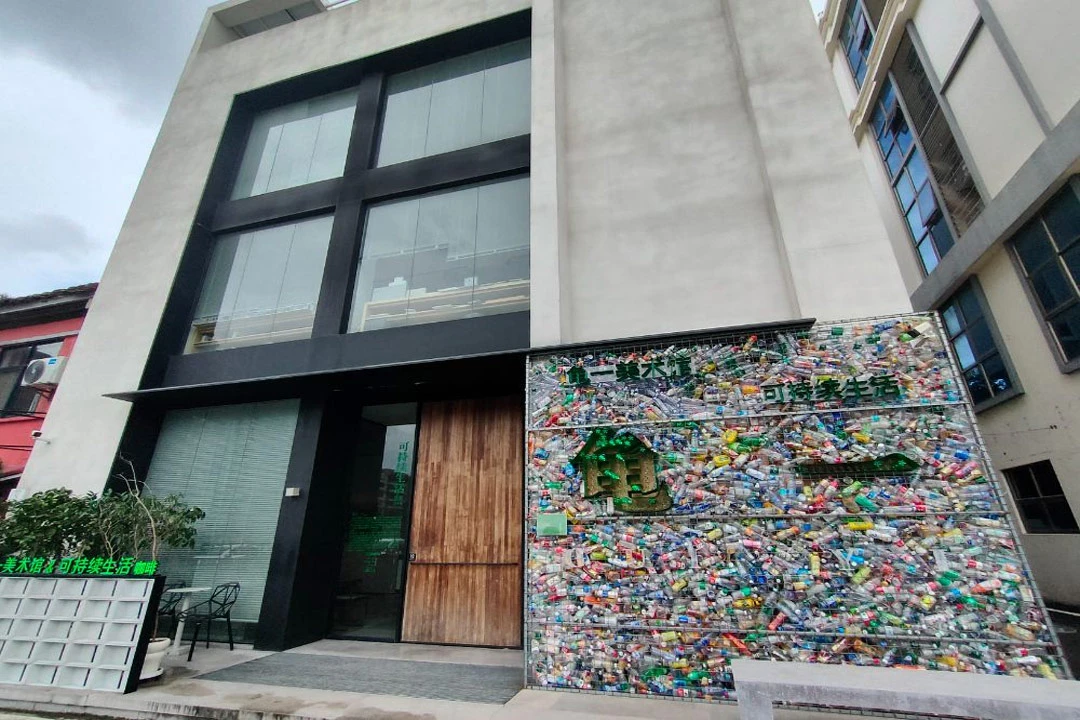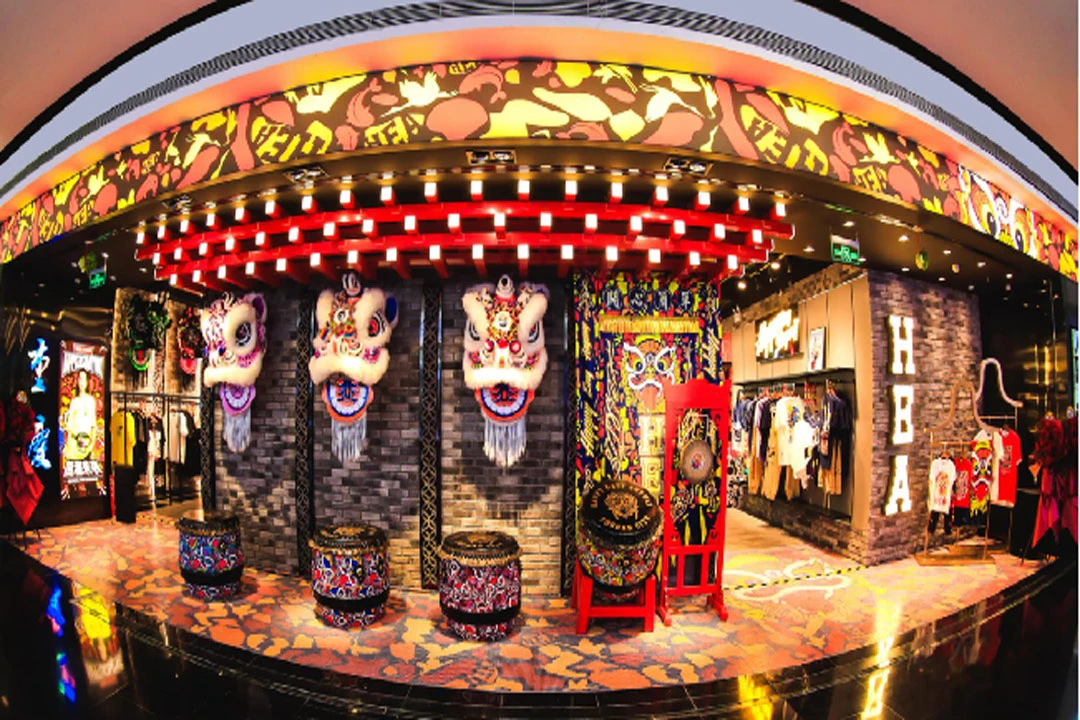In the bustling city of Foshan's Chancheng district, nestled amid the echoes of its rich industrial past and the promise of innovative futures, a cultural phenomenon known as "Guochao" is reshaping the landscape of manufacturing. What began as a resurgence of national pride has swiftly evolved into a powerful consumer trend, influencing everything from creative industries to household names in electronics and automotive sectors.
A recent report titled Insights into Guochao Brands and Young Consumers reveals an astonishing growth of over 500% in Guochao's popularity compared to a decade ago, with millennials and Gen Z contributing a whopping 74% to its consumption. This surge isn't merely a manifestation of cultural confidence but also a beacon of new opportunities for urban industries across China.
Foshan, renowned as the epicenter of China's ceramics industry with a history spanning millennia, now finds itself at the forefront of this cultural and industrial fusion. Ventures like Mu Ci (慕瓷) , innovators in the traditional ceramics sector, have witnessed unprecedented success with products like the matte finish Xiangyunsha (香云纱) tiles, blending ancient craftsmanship with modern aesthetics. Similarly, HEA, a fashion brand inspired by the vibrant Lion Dance (醒狮) culture of Lingnan, has expanded rapidly across the country, leveraging cultural symbols to capture the spirit of Guochao.

Cultural Roots: Revitalizing Local Industries
Strolling through the historic industrial parks of Shiwan, it's easy to spot the unconventional Gu Yi Art Museum (龟一美术馆) , housed within refurbished red brick factories adorned with recycled plastic bottles—a testament to sustainable living. Managed by Liu Dezhi, who also spearheads the Gu Yi Terrazzo brand, the museum exemplifies how cultural heritage can inspire innovation in unexpected ways.
Foshan, now the world's largest hub for home furnishings and building materials, generated an industrial output exceeding 96.77 billion RMB in 2022, dominating national production with its pioneering technologies and extensive product range. Despite facing market challenges, particularly intensified competition and environmental concerns, Foshan's ceramics industry remains resilient, driven by a commitment to sustainable practices and technological innovation.
Amid global environmental challenges, Foshan's ceramics industry pioneers like Mu Ci are at the forefront of sustainable innovation. The introduction of eco-friendly materials and processes not only meets market demands but also aligns with international sustainability standards. By transforming waste materials into high-quality terrazzo, Mu Ci exemplifies how traditional craftsmanship can adapt to modern ecological imperatives without compromising on quality or aesthetics.
Innovation and Tradition: A Harmonious Blend
Mu Ci's success with its Xiangyunsha series illustrates a shift towards sustainable materials and innovative design rooted in local culture. Inspired by Foshan's intangible cultural heritage—Xiangyunsha silk, renowned for its unique dyeing process—the series has not only garnered acclaim domestically but also commands premium prices in international markets, rivaling Italian counterparts.
Meanwhile, Foshan's emerging cultural districts like Meitao Bay are revitalizing traditional industries through adaptive reuse of industrial spaces, transforming them into hubs of creativity and commerce. Projects like the Terracotta Valley Innovation Center and Meitao Cultural Creativity Center signify a progressive approach to urban regeneration, blending heritage conservation with economic revitalization.
The success of Mu Ci's "Jinxiu" series and HEA's Lion Dance-inspired fashion isn't just about product innovation; it's about strategic cultural storytelling. By embedding cultural narratives into their designs, these brands create emotional connections with consumers, transcending mere transactions to foster brand loyalty and advocacy. This approach not only differentiates them in competitive markets but also positions them as cultural ambassadors on the global stage.
Foshan's Cultural Renaissance: A Model for Integration
Foshan's journey epitomizes the symbiotic relationship between culture and industry—a thriving example of how local traditions can fuel global innovation. As Liu Dezhi aptly puts it, "Culture nourishes industry, and industry becomes the vessel of culture." Indeed, Foshan's embrace of Guochao signifies not just a trend but a transformative force, reshaping perceptions of Chinese manufacturing while preserving its rich cultural heritage.
The success of brands like HEA and Klara Galaxy jewelry lies in their ability to reinterpret traditional motifs for modern audiences, creating deeply resonant consumer experiences. By infusing Lion Dance imagery into contemporary fashion or designing jewelry inspired by local architectural motifs like the lotus window of Liangyuan, these brands not only celebrate heritage but also pioneer new trends rooted in cultural authenticity.
As articulated in the government's Industrial Cultural Development Plan (2021-2025) , integrating cultural elements into product development enhances brand competitiveness and fosters sustainable growth. Foshan's proactive initiatives, such as China Ceramic Creative Week and Nanfeng Collection, underscore its commitment to transforming traditional culture into dynamic economic assets.
Government Support and Future Prospects
Foshan's government plays a crucial role in fostering this cultural-industrial synergy through strategic initiatives like the creation of cultural industry demonstration zones and investment in creative hubs. By supporting events like China Ceramic Creative Week and cultural heritage preservation projects, Foshan ensures that its cultural assets continue to drive economic growth and societal development.
Looking ahead, initiatives outlined in Foshan's recent government reports underscore a commitment to further integrate cultural elements into industrial development. This forward-thinking approach not only enhances the city's global competitiveness but also ensures sustainable growth grounded in cultural authenticity.
A New Era of Cultural Manufacturing
In conclusion, Foshan's embrace of Guochao represents more than just a trend—it signifies a paradigm shift in manufacturing dynamics, where cultural heritage and innovation converge to shape a sustainable future. As Foshan continues to evolve as a global leader in ceramics and beyond, its journey serves as a blueprint for cities worldwide seeking to leverage cultural capital for economic revitalization and societal enrichment.
By harnessing the power of Guochao, Foshan not only preserves its rich cultural legacy but also propels its industries towards a future defined by creativity, sustainability, and global relevance. As brands like Mu Ci and HEA demonstrate, the fusion of tradition and modernity isn't just a strategy—it's a narrative of resilience, innovation, and cultural pride.
As we celebrate Foshan's cultural renaissance through Guochao, it's imperative to recognize the contributions of individuals, innovators, and policymakers who have championed this transformative journey. Their dedication to bridging the gap between tradition and modernity not only enriches Foshan's cultural fabric but also inspires similar initiatives worldwide.
In the coming years, Foshan's commitment to cultural integration in manufacturing promises to redefine industry norms and set new benchmarks for sustainable development. As the world looks towards Foshan for inspiration, one thing remains clear: the cultural renaissance sparked by Guochao is not just a movement—it's a legacy in the making.


